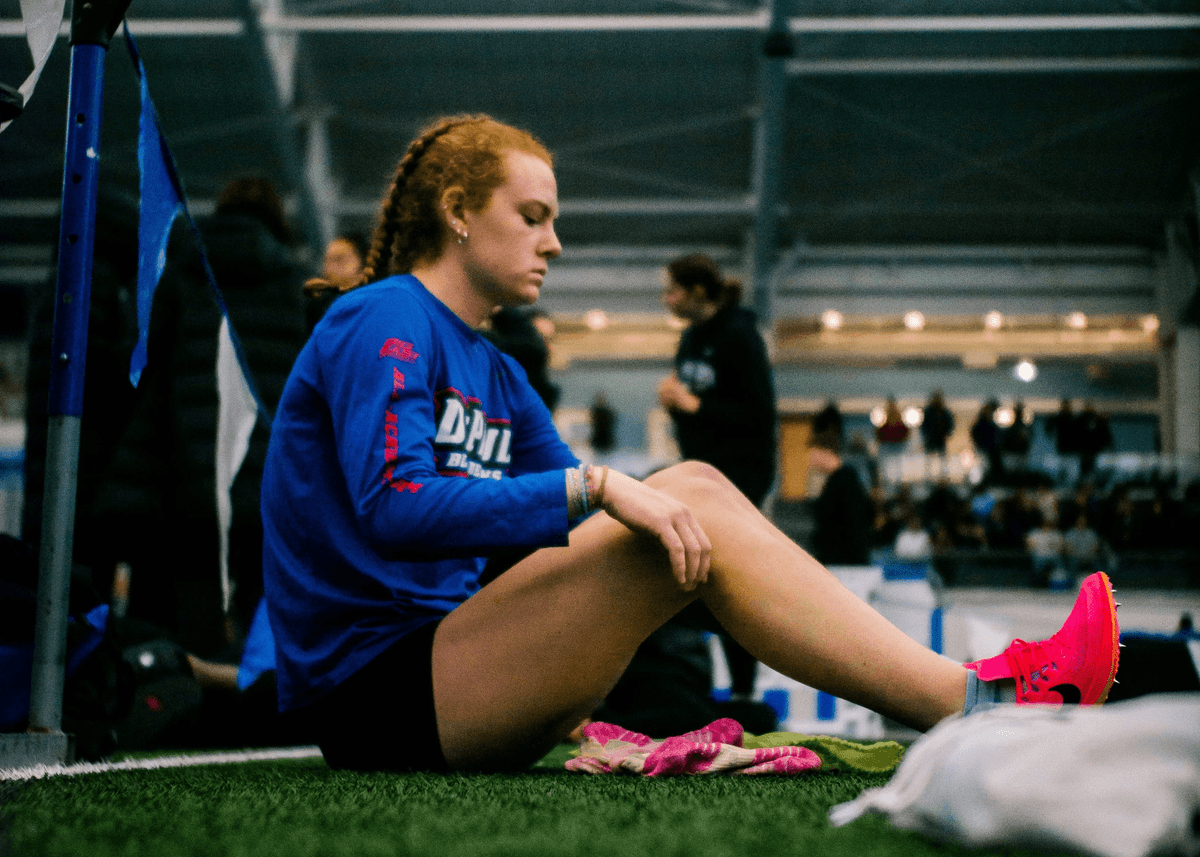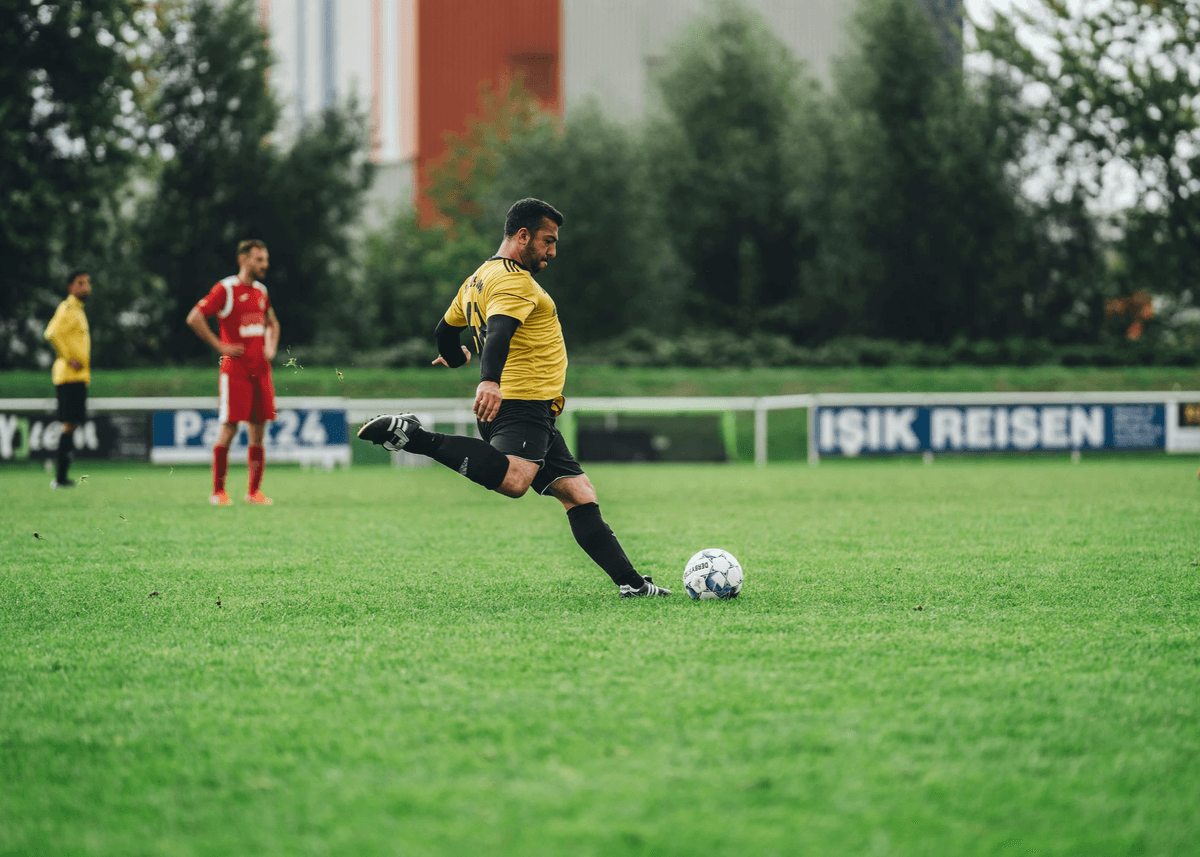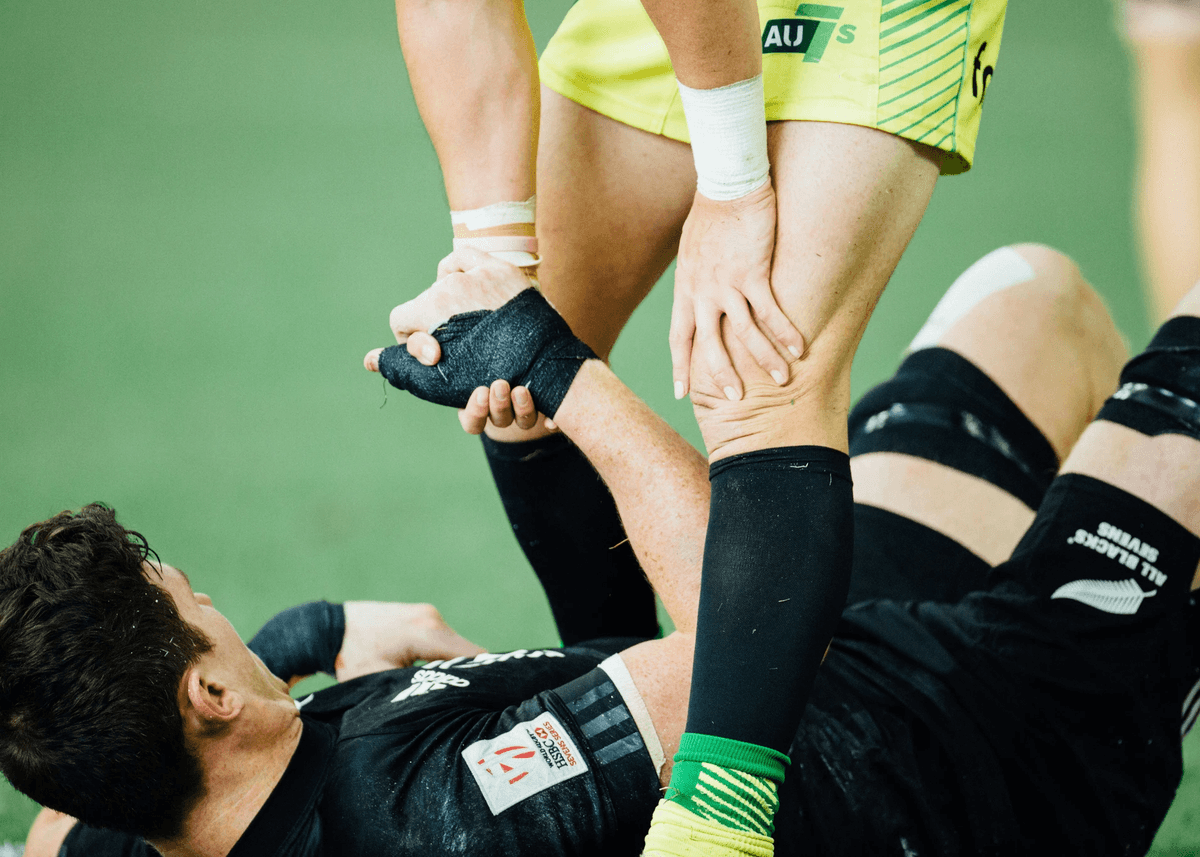Soccer is a relentless sport, rewarding speed, agility, and endurance. But the very nature of the game—the quick pivots, powerful tackles, and explosive sprints—comes with an inherent risk of injury. For players, coaches, and parents, a proactive, intelligent strategy is the key to sustained performance and long-term enjoyment.
This guide goes beyond the basics to delve into data-driven strategies and holistic best practices designed to significantly reduce the likelihood of soccer injuries, enabling you to play smarter, safer, and stronger.
1. The Core of Durability: Strength, Conditioning, and Load Management
The most common soccer injuries (hamstring strains, knee ligament tears, and ankle sprains) are often linked to muscle imbalance and fatigue. Injury prevention starts long before kickoff, with an intelligent conditioning routine.
- Targeted Strength Training: Focus on the muscle groups most stressed by the game: hamstrings, glutes, quadriceps, and the core. Strength training not only builds power but also stabilizes the joints against external forces during collisions and pivots.
- Balance and Proprioception: Incorporate drills (single-leg stands, wobble boards, multi-directional lunges) to enhance the stability around key joints like the ankle and knee.
- The Crucial Role of Load Management: Overtraining is a primary cause of non-contact injury. This is where data-driven insight is essential. Tools that measure your intensity and volume (distance, top speed, sprint count) allow you to identify excessive workload before it leads to fatigue-related breakdown. If you increase your sprint distance too quickly, your injury risk spikes.

2. The First Line of Defense: Evolving Protective Gear
Investing in and consistently wearing the right gear is non-negotiable, but modern technology now turns passive protection into an active safety and performance tool.
A. Shin Guards: Protection Meets Precision
Proper shin guards are mandatory for shielding your lower legs from impact. When selecting a pair, prioritize:
- Impact Absorption: Look for quality materials (like high-grade polymer or carbon fiber) designed to dissipate force rather than simply block it.
- Coverage and Fit: The guard should protect the majority of the shin bone without extending into the ankle or restricting ankle movement.
An emerging safety standard is the adoption of smart, integrated technology. Products like the INSAIT JOY Smart Shin Guards seamlessly combine physical protection with performance tracking. By tracking 16 critical metrics like sprint intensity and distance covered during the session, this technology helps you:
- Quantify Session Load: Get a reliable measure of the physical stress of practice or a game.
- Flag Imbalances: Identify if you are overcompensating or distributing load unevenly between legs, which is a major precursor to injury.
B. Footwear: The Critical Cleat-to-Surface Match
Mismatching your cleats to the playing surface is a frequent, yet preventable, cause of knee and ankle injury.
- Firm Ground (FG): Best for natural, well-maintained grass. The studs provide necessary bite.
- Artificial Grass (AG): These feature shorter, more numerous, often hollow studs. They reduce friction, decrease stud penetration depth, and lower the rotational stress on your joints, which can lead to ACL or meniscus injuries on turf.
- Fit is Non-Negotiable: A poor fit causes blisters, alters gait, and sacrifices stability. Ensure a snug, secure fit with minimal heel slippage.

3. The Pre-Game Protocol: Dynamic Warm-Up and Preparation
The days of static stretching before a game are over. An effective warm-up must be dynamic to prepare the musculoskeletal system for explosive action. Focus on movements that take muscles through a full range of motion, mimicking game actions. Start with light jogging and incorporate movements that actively stretch and prime the muscles:
- Walking Lunges with Thoracic Twist
- Side Shuffles and Carioca
- Leg Swings (forward/backward and side-to-side)
A proper warm-up increases blood flow, raises muscle temperature, and improves nerve-to-muscle connection. This makes muscles more pliable and significantly reduces susceptibility to strains and pulls.

4. Precision in Motion: Proper Technique and Body Mechanics
Efficient and safe movement is fundamental to injury prevention in soccer. Learning and consistently practicing correct technique and body mechanics will significantly reduce strain on your joints and muscles. Here are a few tips for you:
- Correct Body Positioning: Maintain good posture, balance, and core stability whether running, jumping, pivoting, or changing directions. Distribute your weight evenly and stay "on your toes."
- Controlled Movements: Execute all actions with control, precision, and efficiency. Avoid reckless lunges, awkward landings, or overextending, which can lead to instability and injury.
- Safe Tackling and Falling: Learn and apply proper tackling techniques that focus on the ball and minimize contact with opponents. Practice safe falling techniques to reduce impact and absorb ground forces.

5. Post-Game Necessity: The Recovery Imperative
Neglecting recovery ensures fatigue accumulates, leading to poor form, slow reaction times, and increased injury risk.
- Hydration is Performance: Dehydration compromises muscle function, speeds up fatigue, and can lead to severe cramping. Water and electrolyte intake must be a consistent, daily habit—not just a sideline activity.
- Prioritize Sleep: Quality sleep is when the body undertakes the critical repair processes (muscle tissue regeneration, hormone regulation). Aim for 7-9 hours of high-quality sleep, especially after intense training days.
- Active Recovery: Light movement (a walk, a swim, yoga) the day after a game helps flush metabolic waste (lactic acid) from the muscles without adding significant stress, aiding faster regeneration.

6. Mindset: Fair Play and Sportsmanship
Injuries can often stem from reckless play. Embracing fair play and sportsmanship not only fosters a positive environment but also directly contributes to injury prevention for all participants. Respect the rules, understand and adhere to the laws of the game. Avoid reckless and unnecessary challenges while prioritizing safety in tackles and aerial duels. Specifically, avoid dangerous tackles from behind, high feet, or intentionally causing harm.

Conclusion: Play Smart, Stay Safe, Enjoy More Soccer
By diligently applying these essential tips, soccer players can dramatically reduce their vulnerability to injuries, allowing them to fully embrace the excitement and challenge of the game. Taking these proactive measures will not only enhance your soccer experience but also significantly minimize the risk of injuries on the field, helping you stay in the game for longer and perform at your best.
